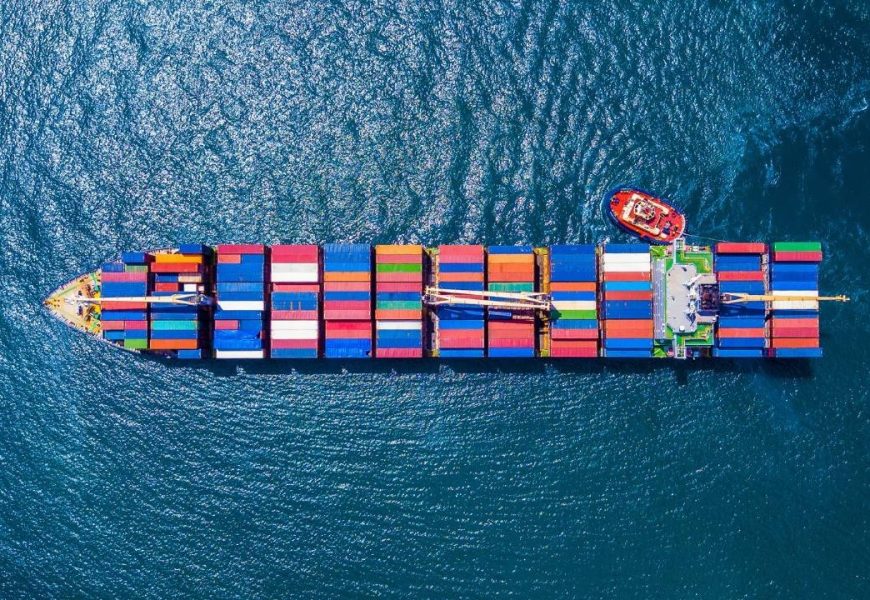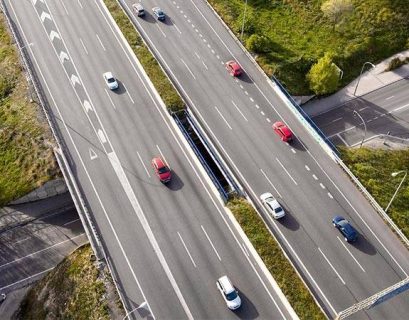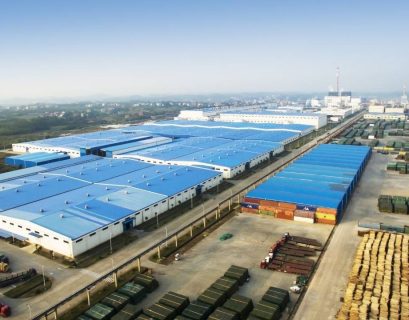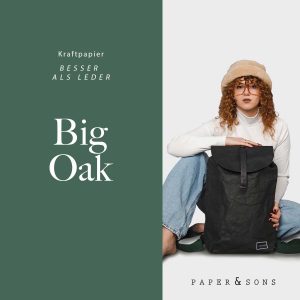Transforming from its historical maritime grandeur, Rotterdam’s port, connected by water taxis, is paving the way for a green future. The city’s shipping heritage is palpable at the 122-year-old Hotel New York, once the headquarters of the Holland America Line.
The Port of Rotterdam Authority, headquartered in a skyscraper, is now directing its efforts toward mitigating shipping emissions. As the largest port in Europe, it has forged a collaboration with Singapore’s port authority. Together, they are laying the groundwork for the first-ever long-distance green shipping corridors.
These corridors will witness cargo ships exclusively utilizing zero or low emission fuels. Rotterdam and Singapore are gearing up for this transformation by constructing storage facilities for green fuels such as ammonia and methanol.
Ammonia, derived from hydrogen and nitrogen, attains a green status when produced using renewable energy. Similarly, methanol, categorized as a form of alcohol, can also be produced sustainably.
In September, the inaugural green container ship, Laura Maersk, embarked on a journey between Singapore and Rotterdam. Fueled by methanol, it achieved a remarkable reduction in greenhouse gas emissions, slashing them by up to 65%.
The concept of green corridors originated at COP26 in Glasgow. The Clydebank Declaration, endorsed by 22 countries, committed to establishing six corridors by the middle of this decade.
COP28 in the UAE unveiled new corridors, including routes from Canada to Korea and Japan, one in the Caribbean, and another stretching from Houston to Antwerp.
The International Maritime Organisation sets a goal of achieving net-zero emissions in shipping “by or around” 2050. However, currently, merely 0.6% of cargo ships operate on alternative fuels. Only 15 to 16% of new orders involve dual or alternative fuel vessels.
Major corporations like Amazon, Ikea, and Patagonia are advocating for more sustainable shipping practices. Amazon, a participant in the Zero-Emission Maritime Buyers Alliance, renewed a low-emission contract with Maersk.
North Sea Container Line is launching an ammonia-powered ship for travel between Norway and Germany. Meanwhile, Hoegh Autoliners is in the process of constructing 12 ammonia-ready ships designed for transporting cars and trains.
Lynn Loo, CEO of the Global Centre for Maritime Decarbonisation, anticipates a substantial increase in ammonia production by 2050. She emphasizes the necessity for a significant rise in the number of vessels equipped for transporting ammonia, considering the current count of 200 on the water. Additionally, there must be substantial infrastructure development to support the anticipated surge in ammonia throughput in the future.


















